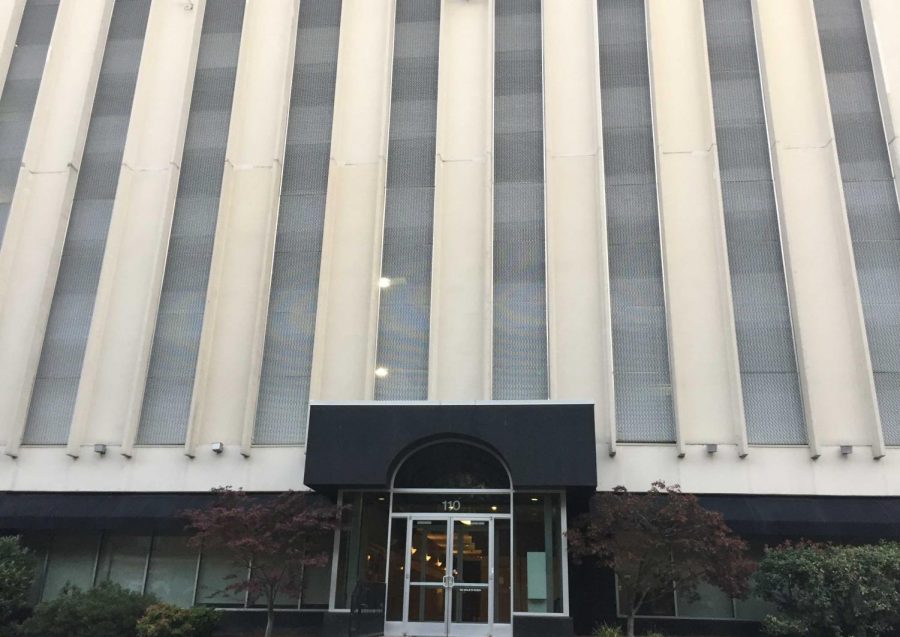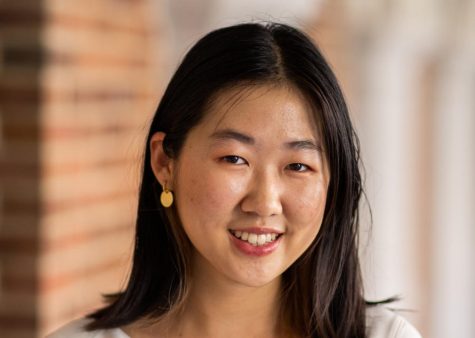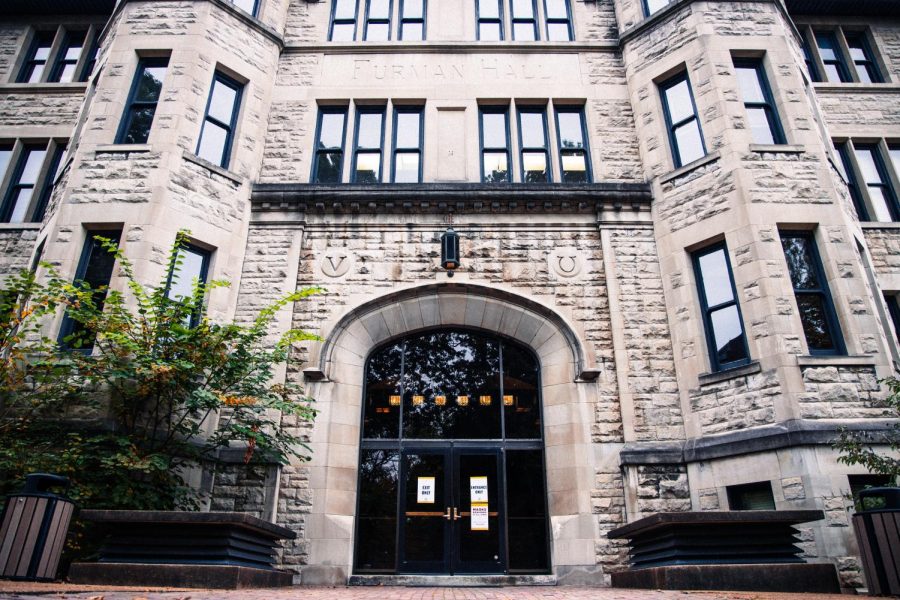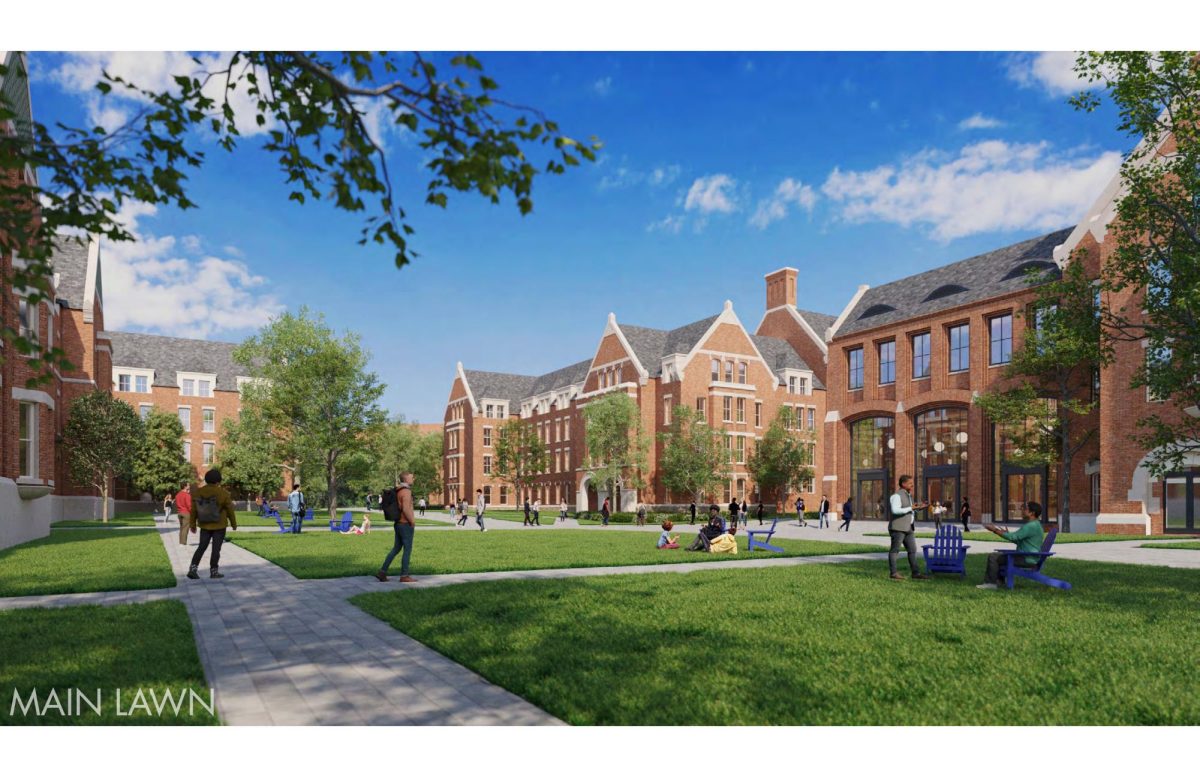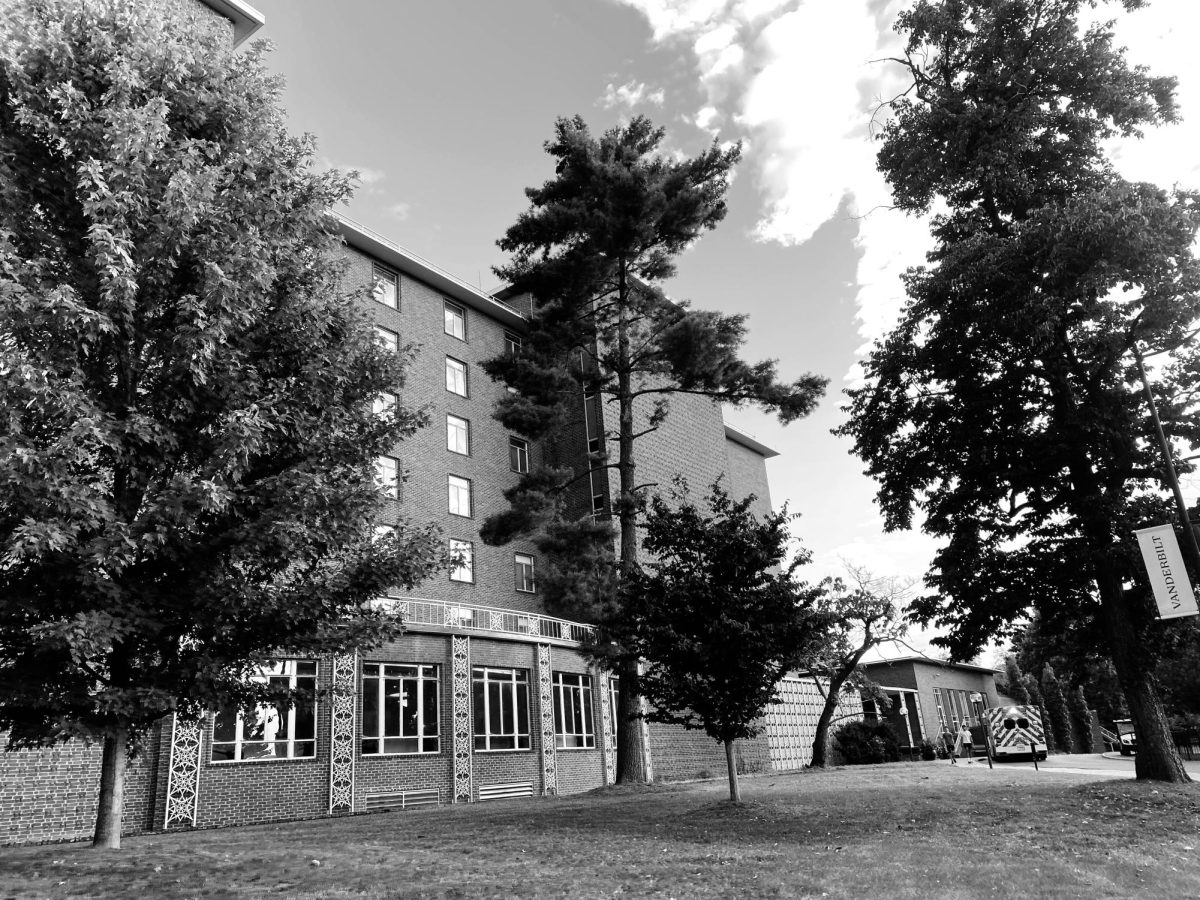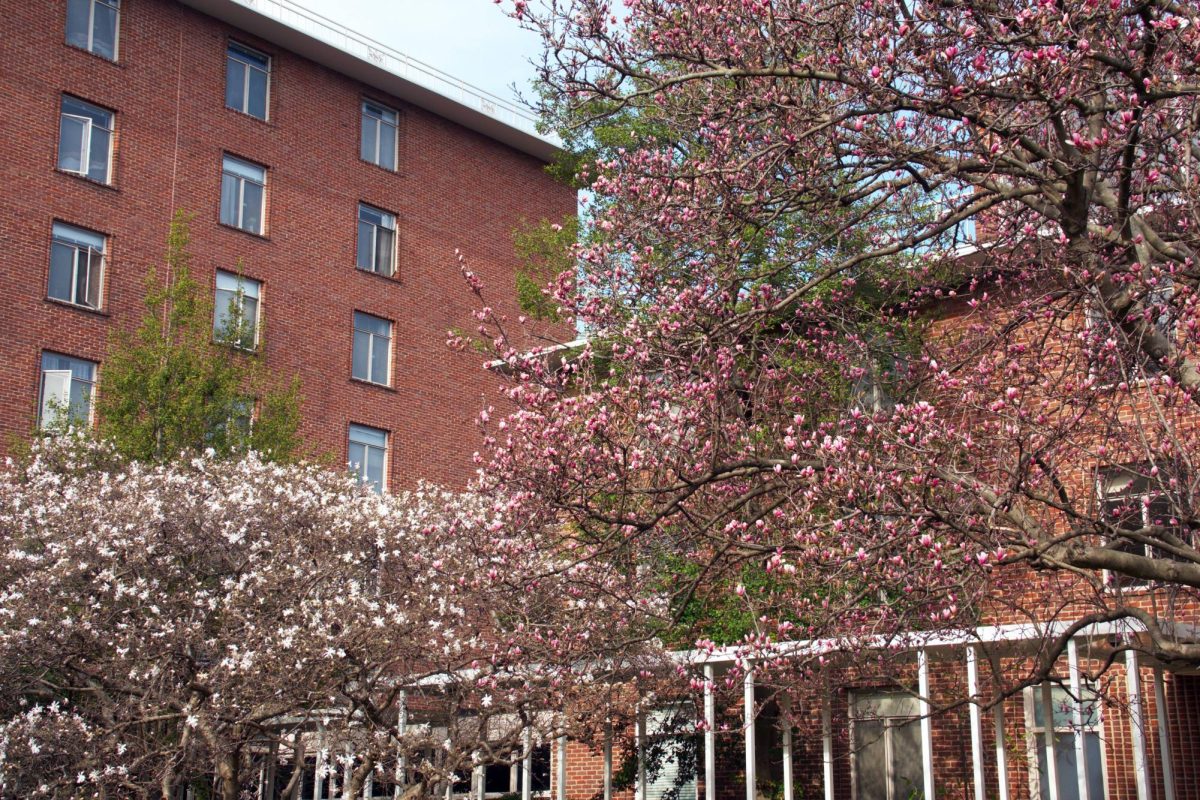Organizations such as the Student Center for Social Justice and Identity (SCSJI) and Student Access Services (SAS) have incorporated different opportunities to increase student equity and diversity, including Commodore Access Portal, InclusAbility and other events on campus.
Ashley Brown, SCSJI director, stated that her organization’s staff has partnered with student organizations to facilitate a dialogue-based program focused on disability. On Jan. 18, 2019, they implemented For the Culture Friday: Disability Representation on Screen, which highlighted important films that empower the disabled community.
“SCSJI collaborates with university and community partners to develop a diversity network that offers a climate of justice, access, equity, and learning and leadership opportunities for all students,” Brown said.
Also partnering with the InclusAbility Initiative, a university project, SCSJI worked to support students with disabilities across campus, advocating and holding workshops to empower diverse types of disabilities.
“We look for opportunities to advocate and cultivate critical dialogue surrounding disability, and we are actively implementing and supporting culturally relevant programming through SCSJI programs and student organization programming,” Brown said.
Another resource for students with disabilities is the SAS, which provides physical or technological accommodations for students with disabilities in a classroom. According to SAS Director Jamie Bojarski, a new digital database system, the Commodore Access Portal, helps SAS provide a more accessible digital format to request accommodations as needed, rather than past printed copies and manual requests.
Bojarski said SAS works on a more retroactive basis, providing support after a student has requested assistance, rather than meeting the need of every student before an issue arises which may not be the most efficient manner.
“We want to ensure that we are reaching all of the Vanderbilt community,” Bojarski said.
Sophomore Allison Bireley, president of the Vanderbilt Alliance on Disability and Condition, stated that while there are administrative organizations such as SCSJI that help improve inclusivity, she doesn’t believe that the university is truly representative of its disabled students.
“Especially in light of the pandemic, policies from the administration are made with little to no consideration of how they may affect certain students,” Bireley said.
According to Bireley, the university has neglected issues regarding improving attendance requirements for students with mobility impairments, requiring professors to wear face shields on top of masks and making its website accessible for the visually impaired. She added that there has also been an increasing number of unemployed disabled students because their high-risk position makes employment much harder to safely maintain.
“The university has not taken any action and have not been addressed with policies nor measures,” Bireley stated.
Sophomore Haley Mitchell, who utilizes a walker, similarly said that the university has not taken into account routes and options for students with physical disabilities in its COVID-19 guidelines and pathways. Circulation plans, such as for the Commons Center dining hall exit, lead out to a patio with only stairs. According to Bireley, she brought the issue up to SAS, which did not make any changes.
Mitchell added that the university often neglects mobility issues, and she has personally experienced many problems regarding her ability to move around campus effectively.
“The mobility aspect is overlooked, just because there aren’t as many people with these issues,” Mitchell said.
With the large amount of snowfall on campus this past February, Mitchell said that outdoor accessibility was much more difficult for her as the ramps were not cleared of snow in comparison to main areas on Commons.
”There are ramps near East and Hank, and neither were shoveled off and were not taken into consideration,” Mitchell said.
At Branscomb Quadrangle, wheelchair users do not have elevator access to three out of the four three-story buildings—Vaughn, Scales and Stapleton. According to the Americans with Disabilities Act (ADA), building codes must create accessible ways of traveling within a building via elevators if a building has at least three stories or more than 3,000 square feet per floor.
However, according to The Office of Housing and Residential Experience (OHARE), due to the rules regarding buildings being built before 1990, Branscomb is compliant with ADA codes. Nevertheless, these buildings are not accessible for students with physical disabilities.
Birely spoke about a 2017 Washington Post article from alumnus Bryan Stromer BS ‘17, which detailed the experiences he felt as a student of the disabled community on campus.
In the piece, Stromer details Vanderbilt’s neglect of disability on campus, most evident in the fact that Baker Building, the only space Vanderbilt dedicates to serving its own students with disabilities, is far from the heart of campus, which primarily houses ancillary functions of the university. He discussed the issue of inclusivity by comparing his experiences with other U.S. schools.
Bireley said that she feels that not much has changed since the publication of Stromer’s article, and that Vanderbilt continues to deal with the same problems as it did in years past.
However, according to Brown, SCSJI and other initiatives on campus have striven to provide for students in light of the COVID-19 pandemic. Furthermore, Bojarski states that while there are parts of campus that are not accessible, SAS strives to constantly improve accessibility and prioritize all students.
“Our commitment to being as inclusive as possible for students with disabilities is ongoing and our office is always looking for new, innovative ways to be supportive,” Brown said.

